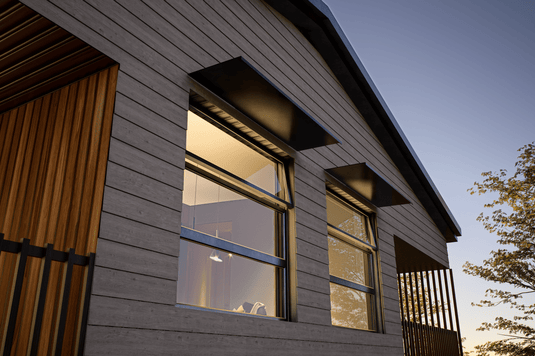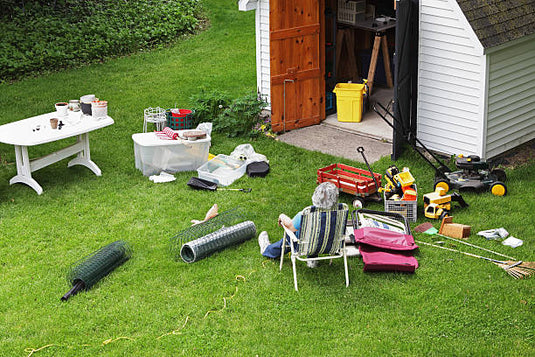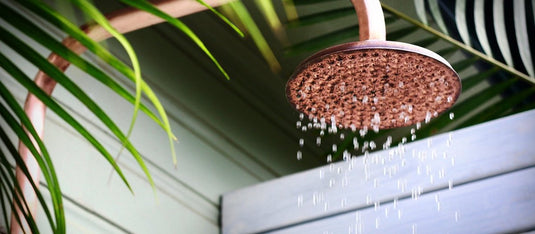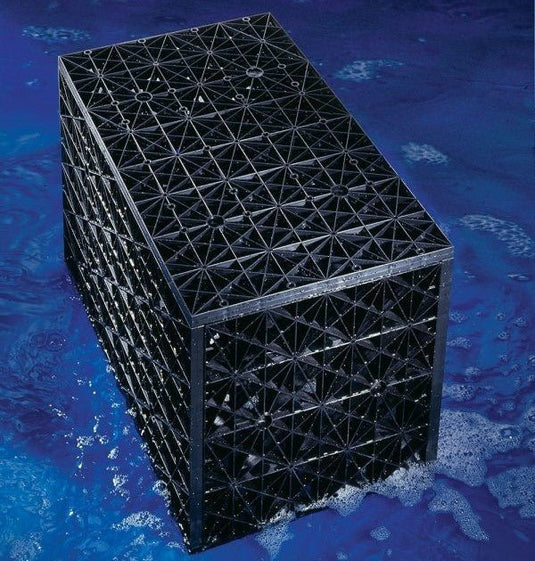Drainage cells help deliver an effective and strong sub-surface drainage network. This network is made up of square-shaped drainage cells that can be applied to a variety of uses.
From large-sized planter boxes and rooftop gardens to underground rainwater storage and infiltration, these cells can do it all!
Interested in finding out more? Let’s jump in.
What is Drainage Cell?
Drainage Cell are the modular plastic products that are used to create a void for rainwater drainage applications. The name is a generic term, companies like Atlantis call their drainage cell product "Flo-Cell" to differentiate the product from competitors. The product comes in various shapes and sizes for different applications and rain water flow calculations. (The more expected flow of water, the higher volume of drainage cell required)
Common use case: (Planter Box)

How do drainage cells work?
Drainage cells work by creating a gap between the surface and the underlying soil or foundation. This gap allows water to flow freely beneath the surface, preventing water buildup and facilitating proper drainage. The cells interlock to form a stable, load-bearing surface that can support pedestrian and vehicular traffic.
What are the benefits of using drainage cells?
The benefits of using drainage cell include improved drainage, reduced waterlogging, prevention of soil erosion and protection of waterproofing membranes. Drainage cells can also help to promote plant growth by ensuring adequate aeration and preventing root rot in green roofs and landscaping projects.
Where can drainage cells be used?
Drainage cells can be used in a variety of applications, including green roofs, planter boxes, retaining walls, sports fields, parking lots and podium decks. They are versatile and suitable for use in both residential and commercial projects.
Are there different types of drainage cells?
Yes, there are various types of drainage cells available, depending on the specific requirements of a project. Some common types include high-flow drainage cells, load-bearing drainage cells and lightweight drainage cells. They can also be made from different materials, such as plastic, geotextile fabric and even concrete.
How do I install drainage cells?
Drainage cells are typically easy to install due to their modular design. They can be cut to fit the desired area and locked together to form a continuous drainage layer. A geotextile fabric is often placed over the drainage cells to prevent soil infiltration and maintain the drainage efficiency.
How do I maintain a drainage cell system?
Drainage cell systems generally require minimal (no) maintenance. In high value installation locations such as under Golf Course greens or stadiums, regular inspection is recommended to ensure that there are no blockages or debris build-up that could affect the performance of the system.
Are drainage cells environmentally friendly?
Drainage cells can be considered environmentally friendly as they help to manage storm water runoff, reduce soil erosion and promote plant growth. Some drainage cells are made from recycled materials, further contributing to their sustainability.
How much do drainage cells cost?
The cost of drainage cells varies depending on the type, material and size of the project. It is advisable to contact a supplier or contractor for a specific quote based on your project requirements.
Can I use drainage cells for a DIY project?
Yes, drainage cells can be used for DIY projects, such as garden beds or small green roofs. However, for larger or more complex projects, it is recommended to consult with a professional to ensure proper installation and performance of the drainage cell system.
Why are drainage cells so popular?
One reason why drainage cells are so in demand is that they’re lightweight. Thus, they allow gardeners and landscape designers to do away with heavy aggregate when setting up their drainage systems. Another upside is that they’re constructed from high-strength recycled polypropylene (PP). This thermoplastic polymer is one of the safest types of plastic, which is why it’s used in making almost everything.
Among their multiple advantages is that these cells are impervious to soil-borne bacteria and chemicals. So, they’re considered the sturdiest and most durable than many other drainage systems currently on the market.
These cells work by linking together to form a uniform surface. They also create a void to allow excess water to drain out into the soil.
This unique design is how the cells are capable of maintaining a consistent temperature. As a result, heat is reduced, which reduces the risk of expansion.
Ultimately, this reduces the risk of cracks and fissures, as well as any possible leaking pots and garden beds is also reduced.
Drainage Cell Suppliers
Although there are many manufacturers and suppliers, not all draincell products are made equally. As the age old saying goes, "you get what you pay for" some suppliers sell cheap drain cell that does not have ample structural capacity and is known to crack and break under the load of heavy backfill or small rocks.
Eco Sustainable House is proud to supply Atlantis Drainage Cell. One of the original manufacturers who use high quality polypropylene that is over 80% recycled. We supply Australia wide, from our Gold Coast and Sydney factories.
Atlantis Drainage Cell Benefits
As you can see, these plastic cells have a lot going for them. To help give you an even clearer picture of the advantages that come with using drainage cells, we rounded up a handful of benefits. Take a look.
- Designed to provide maximum water drainage
- Holds on to ideal moisture levels that can ensure healthy plant growth and development
- Can be set up either vertically or horizontally
- The installation process is faster than traditional aggregate drainage systems
- Highly resistant to contaminants
- Easy to lift and install
- Sturdy enough not to get bent out of shape or collapse
- Unique design allows for versatile installation configurations to make the most of the space available
Atlantis drainage cell applications
We mentioned a couple of gardening applications that use drainage cells, with the most popular being rooftop gardens, like those that have taken over the city of Gold Coast.
Another application that stands out is passive irrigation. In this setup, the cells help hold onto the water for the plants until they’re ready for some refreshment.
They’re also perfect if you live somewhere that gets especially prolonged dry seasons, like Brisbane. You can put these cells to use when building a perched water table to help keep your vegetation thriving and staying strong all year round.
Yet, besides growing plants and vegetation, there are numerous other applications where these cells can be used to create a more manageable and sustainable drainage network.
Here are just a few examples:
- Rooftop Gardens
- Sports fields
- Roadways
- Driveways
- Tunnels
- Retaining walls
- Basement waterproofing and substructure drainage
Final Thoughts
If you’re looking for an underground system that will make the most of drainage water, then look no further than Atlantis drainage cells. Made of super sturdy materials, these cells are highly versatile and long-lasting, making them the optimal choice for countless applications in scores of fields.
You might also be interested in:
What is Geofab (Geofabric Material used with Drainage Cell)







